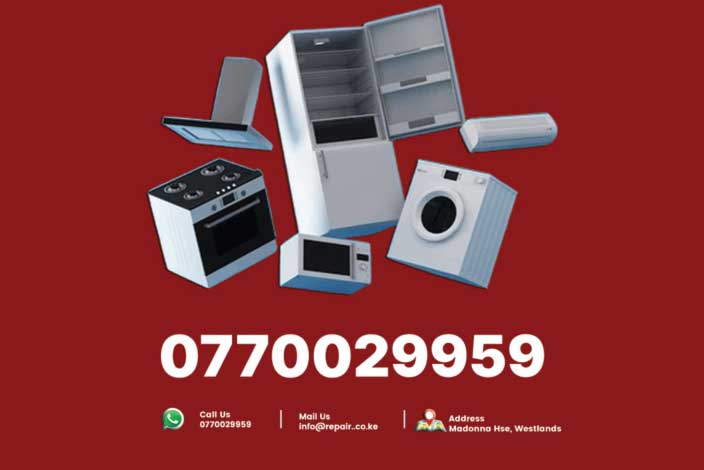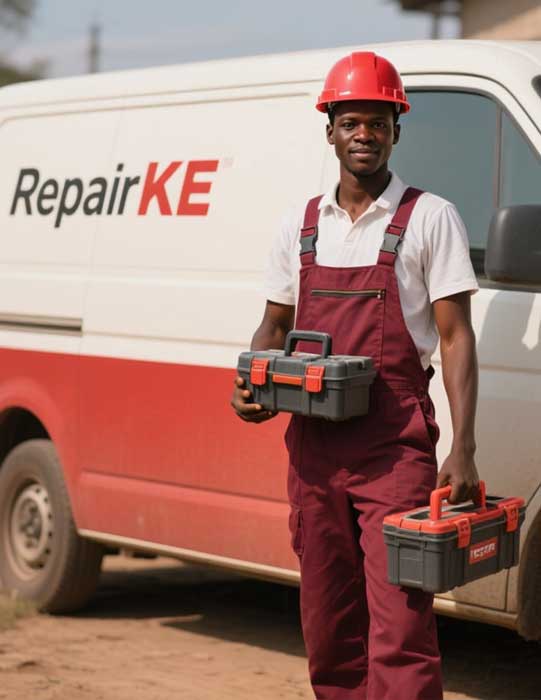Excessive spatter, where small droplets of molten metal scatter around the weld, creates a messy appearance and may require additional cleanup. This fault is common in MIG welding and can result from improper settings, contamination, or machine issues.
Incorrect voltage or wire feed speed settings are frequent causes, as they disrupt the balance of the arc, causing molten metal to splatter. For example, high voltage can lead to an unstable arc, while improper wire feed speed can cause irregular droplet transfer. Contaminated workpieces or filler wires, such as those with rust or oil, can also contribute to spatter. Machine faults, such as a worn contact tip or inconsistent power output, may exacerbate the issue.
To diagnose excessive spatter, evaluate the weld for scattered droplets and check machine settings against manufacturer recommendations. Clean the workpiece and filler wire to remove contaminants. Inspect the contact tip and wire feed system for wear or blockages. If spatter persists, test the machine’s power output for consistency, as internal faults may require professional repair.
Preventive measures include calibrating settings for the material and welding process, maintaining clean workpieces and filler materials, and regularly replacing worn contact tips. Routine machine maintenance can also ensure stable performance. By addressing these factors, welders can minimize spatter and achieve cleaner welds.






